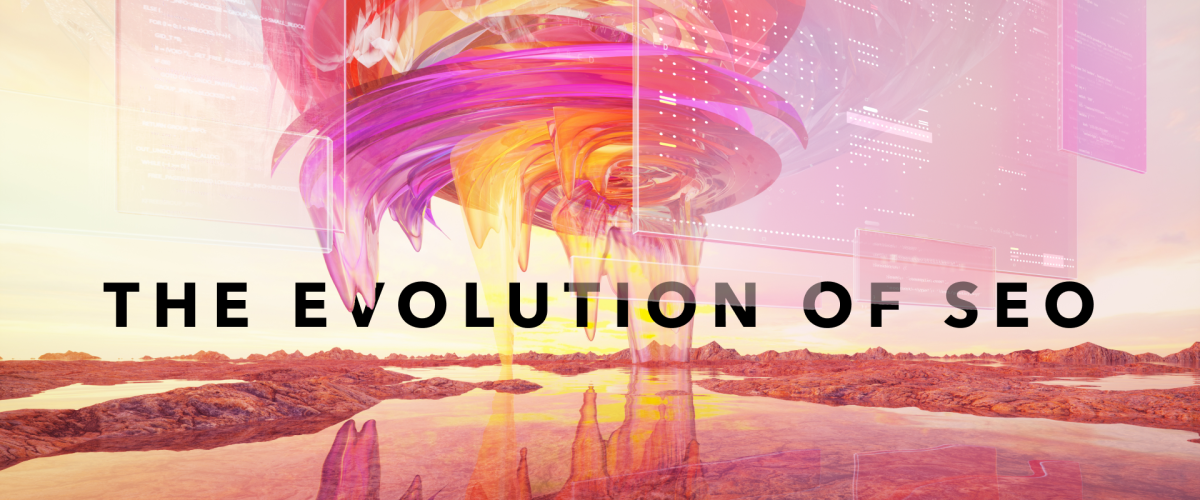
3 min read
SEO & Slang: Searching for Connection
iCrossing Intelligent Creative Team Feb 21, 2024 12:00:00 AM
Did your latest campaign “eat and leave no crumbs?” Does your brand have the “rizz” to capture audiences?
Depending on your screen time, these words could cause different reactions in audiences. From confusion to connection, slang is a dynamic tool that brands can use to get closer to their users—or drive them further away.
Language moves fast. And today, it’s moving faster than ever. One day, words and phrases are born from a single YouTube comment, and the next, erupt into widespread use. These influential words explode into cornerstones of culture, becoming popular terms in everyday communication. And whether brands like it or not, language moves on its own.
But when does slang become powerful, and when is it just a turn-off? And how do our search engines—and by extension, brands—keep up with new language? Should they at all? Can slang be a valuable tool that helps brands connect to audiences, or is it just clutter that gets in the way of meaningful experiences?
Words That Paint a Digital Landscape
Slang isn’t just for the schoolyard or the water cooler—slang reveals the identities we give ourselves, the groups we belong to, and the types of culture we’re immersed in. Similar to SEO keyword analysis, analyzing slang can help brands understand their users on a deeper, more localized level.
Slang is a spontaneous and unifying temporary word or phrase. These words are marked by their speed, moving from functional to outdated almost as soon as they are coined. These types of words represent a temporary experience and work almost like a guidepost, signaling a specific community, time period, location, or collective experience.
To Slang or Not to Slang
To find out if slang is useful for your brand, it’s important to think about it from an SEO perspective.
Slang is a dynamic tool that can alienate some audiences while galvanizing others. Using bold, innovative language may turn off some users, but it can also rapidly create a deep sense of familiarity between consumer and brand when done well. If a brand can find a way to use these terms quickly enough so that it is still relevant, it can help quickly build an emotional connection, helping a brand create or catch on to a viral trend, increasing awareness of a brand and potentially increasing sales.
Employing slang could also reveal new avenues and consumers, especially if you’re a social media heavy brand. Duolingo, one of the most popular language apps, grew its TikTok follower base up 1,400% through its quirky, iconic personality that uses slang, emojis, and the style of Internet users, like abandoning grammar and punctuation. Duolingo’s success highlights how using the language of your audiences can truly create authentic experiences and foster brand loyalty.
A clever way to use slang without compromising the relevance of your content is to use a two-pronged approach. Through using standard language in headlines and content areas SEO will catch on, and brands can safely take risks with slang or catchy phrases in more temporary spaces like social media posts. This way, brands can customize their writing approach to trends without losing their identity or traffic.
However, yesterday’s slang can make your message unbearably cringey. Slang creates niches, so if the word choice doesn’t fit your brand identity it could just turn off audiences, hurting your brand trust. It’s always important to remember that Google wants quality, authority, and relevancy in content. While slang may not really be “quality”, the relevance of these words can be useful if your users are tuned in to pop culture. Overall, the risk of slang can be empowering, but other times it can turn your base off the brand, ruining your perception or trust. it’s important to stay grounded in what your brand’s identity is and what your consumers want and will respond to in the way your brand wants. And with all things SEO, the biggest question remains: do people search this way? Always remember to refer back to data when making these decisions.
The Future of SEO & Slang
While the predictive powers of AI continue to grow, the one area AI may struggle with is aspects of popular culture like slang. The unpredictable nature of these words could be a big blind spot for language model technology—Chat GPT’s 3.5 model predicted “chirp-chat” and “floral flex” as the popular slang terms for spring 2024. So far, it doesn’t seem like these words will have any sort of presence in the popular lexicon. As more brands begin to use AI for content, slang could give brands a humanizing edge, helping their work appear to be more authentic and personable.
Another aspect to consider is the future of voice search. Google recently launched its Search Generative Experience. Although still in the early stages, this type of search could take on a more conversational style and utilize FAQ-style copywriting to fit into virtual assistants like Siri and Alexa. Search engines will have to continue to get smarter and faster to adapt to various styles of language as voice search becomes more widespread.
Some brands may also find that having a strong global local content strategy will help them develop deeper connections with the rest of the world. If future technology allows brands to be able to execute content quickly enough, slang could help create content that is tailored to local audiences while maintaining its global relevance.
Take the Next Step with iCrossing
Our team has decades of experience transforming brand experiences to achieve your brand’s desired growth outcomes. To learn how you can boost engagement and strengthen your brand, contact us.
